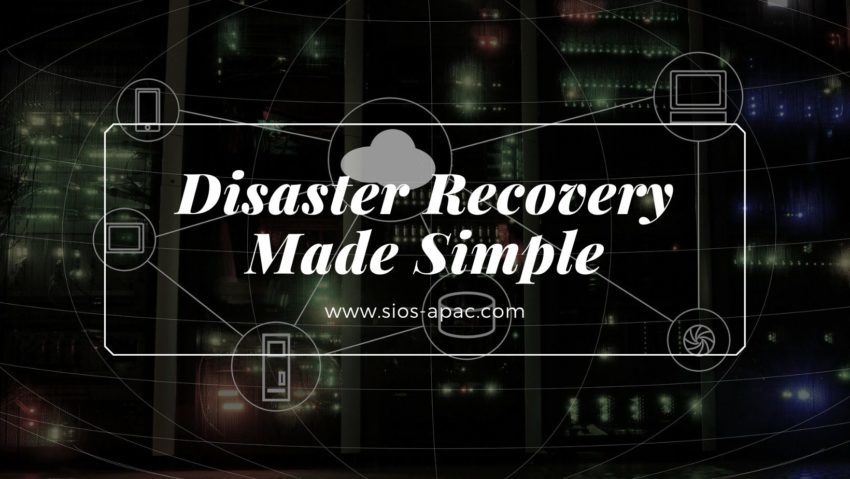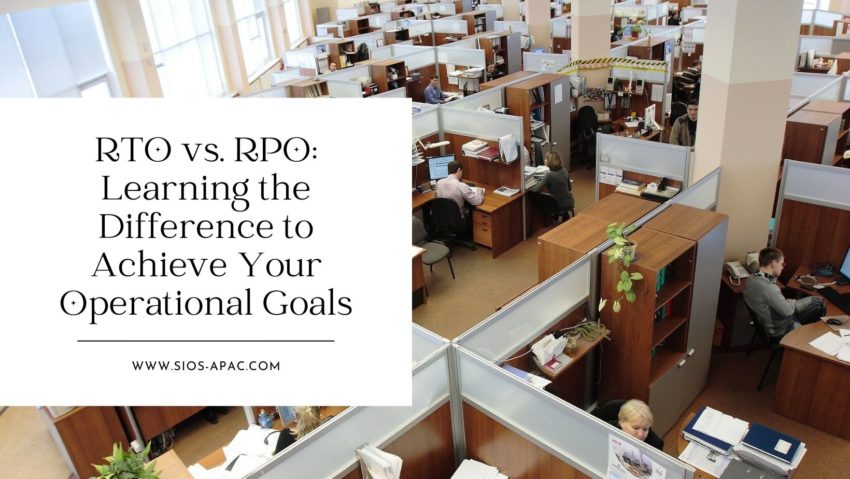Disaster Recovery Made Simple
Disaster Recovery Made Simple
Heard the term disaster recovery (DR) thrown around often? DR is a strategy and set of policies, procedures, and tools. It ensures critical IT systems, databases, and applications continue to operate and be available to users when a man-made or natural disaster happens. It typically involves moving application operation to a redundant DR environment that is geographically separated from the primary environment. While the IT team owns the disaster recovery strategy, DR is an important component of every organization’s Business Continuity Plan. The latter is a strategy and set of policies, procedures, and tools to ensure business operations continue through an interruption in service.
It may sound confusing at first. But we’ve collected some quick facts to make disaster recovery simple to understand:
Point 1. Implement an IT disaster recovery or a disaster recovery plan (DRP)
A DRP is a strategy and set of policies, procedures, and tools that ensure critical IT systems, databases, and applications continue to operate and be available to users when a disaster strikes the organization’s primary computing environment. While the IT team owns the disaster recovery strategy, DR is an important component of every organization’s Business Continuity Plan.
Point 2. Ensure Geographic Separation
An essential part of application disaster recovery is ensuring there is a redundant, geographically separated application environment available. You have either efficient, block level replication and or a clustering software that can failover operation to it in the event of a disaster. If your application is running in a cloud, your clustering environment should failover across cloud regions and availability zones for disaster recovery.
Point 3. Test, test, and test some more
In a recent Spiceworks survey, 59 percent of organizations indicated they had experienced one to three outages (that is, any interruption to normal levels of IT-related service) over the course of one year. 11 percent have experienced four to six. 7 percent have experienced seven or more. In short, a DR event is nearly inevitable. Be sure you conduct regular testing to ensure you know exactly what will happen when it does.
Point 4. Understand Your Risk
The disaster in DR does not need to be a full-fledged hurricane, tornado, flood, or earthquake that impacts your business. Disasters come in many forms, including a cyber-attack, fire, theft, or vandalism. In fact, simple human error still rates among the leading causes of IT data center downtime. In short, a disaster is any crisis that results in a down system for a long duration and/or major data loss on a large scale that impacts your IT infrastructure, data center, and your business.
Point 5. Ensure Your DRP has a Checklist
It should include critical IT systems and network prioritized by their expected time for recovery (RTO). Document the steps needed to restart, reconfigure and recover systems and networks. Employees should know where to locate the DRP and how to execute basic emergency steps in the event of an unforeseen incident.
Point 6. Substantiate DRPs through testing
DRPs should identify deficiencies and provides opportunities to fix problems before a disaster occurs. Testing can offer proof that the plan is effective and that it will enable you to meet recovery point and recovery time objectives (RPOs and RTOs). Since IT systems and technologies are constantly changing, DR testing also helps ensure a disaster recovery plan is up to date.
Choose a failover clustering technology that makes DR testing simple by facilitating fast, simple, reliable switchover of application operation to DR nodes and back.
When you look at those statistics, you know you are living on borrowed time if you don’t have a disaster recovery plan in place. The SIOS disaster recovery solution is a multi-site, geographically dispersed cluster that meets RPO and RTOs with ease. What makes SIOS different from many other DR providers is that it offers one solution that meets both high availability and disaster recovery needs. To learn more about our DR solutions, check out the insights page here.
Reproduced with permission from SIOS

